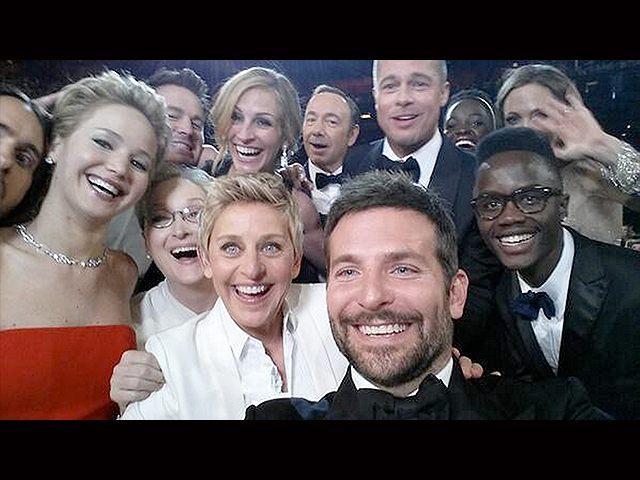A study released on Monday by the University of Southern California’s Annenberg School for Communication and Journalism finds that Hollywood’s problems with diversity are the result of the entire industry discriminating against women, minorities, and the LGBT community.
The Comprehensive Annenberg Report on Diversity, which was authored by USC associate professor Stacey Smith, concludes there is an “inclusion crisis” and problems with diversity in entertainment go well beyond awards ceremonies like the Academy Awards.
“This is no mere diversity problem. This is an inclusion crisis,” said Smith in the report, which offers a wide-ranging examination of each major film and TV studio, and grades each studio based on an “inclusivity index.”
“Over half of the content we examined features no Asian or Asian-American characters, and over 20 percent featured no African-American characters. It is clear that the ecosystem of entertainment is exclusionary,” Smith added.
The study, which was released just a week before this year’s controversial all-white Academy Awards, examined 109 major studio releases from 2014, in addition to 305 TV and digital programs from 31 different networks and streaming services.
The report offers statistics as evidence that Hollywood fails to represent the American population as it pertains to gender, race, and sexuality.
Some of the report’s key findings:
- Female characters fill only 28.7% of all speaking roles in film.
- For scripted series, less than 40% of all speaking characters were girls and women (broadcast=36.4%, cable=37.3%, streaming=38.1%).
- Only 18% of stories evaluated were gender balanced, with film (8%) the least likely to depict balance and cable the most likely (23%).
- 35% of all characters were 40 years of age or older. Men fill 74.3% of these roles and women 25.7%. Film (21.4%) was less likely than broadcast (26.9%) or cable (29.4%) to show women 40 years of age or older. Streaming was the most likely, with females filling 33.1% of roles for middle age and elderly characters.
- Of all LGBT characters, nearly three quarters (72.1%) were male and 27.9% were female. The vast majority of LGBT characters were White (78.9%) and only 21.1% were from underrepresented racial/ethnic groups.
- 28.3% of all speaking characters were from underrepresented racial/ethnic groups, which is below (-9.6%) the proportion in the U.S. population (37.9%).
- Only 22 stories depicted proportional representation with U.S. population on the broadcast networks (19%), 18 on cable (13%), 1 on streaming (2%), and 8 in film (7%).
- At least half or more (52%) of all cinematic, television, or streaming stories fail to portray one speaking or named Asian or Asian American on screen. And, 22% of shows and movies evaluated fail to depict on screen one Black or African American speaking character.
Additionally, 2 percent of all speaking characters across the 414 movies, television shows, and digital series evaluated were gay and lesbian and only seven transgender characters appeared across 414 stories evaluated.
In all, more than 11,000 speaking characters were examined for gender, racial and sexuality representation. The study also looked at roughly 10,000 directors, writers, and producers, and made note of the genders of more than 1,500 executives at various media companies.
In total, ten companies responsible for media content were graded based on their on screen and behind the camera representation of women and minorities. The study concludes none of the major film distributors examined received a passing grade on the index.
Seven Fully Inclusive and nine Largely Inclusive scores were awarded across the 10 companies evaluated on TV/digital content. The Walt Disney Company and The CW Network were the strongest performers in television, while for streaming content, Hulu and Amazon tied, per the study.
Study co-author Marc Choueiti said: “Organizations can take steps to solve inequality … Our hope is that companies begin to implement these solutions and that the numbers will improve.”
Read the study in full here.

COMMENTS
Please let us know if you're having issues with commenting.